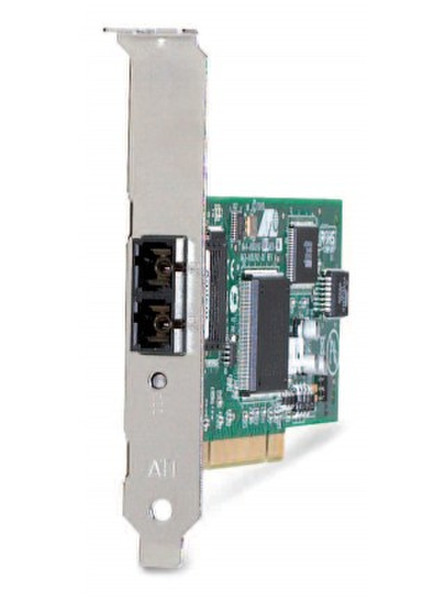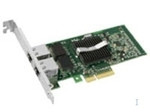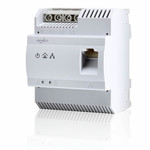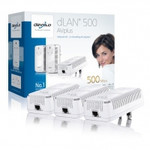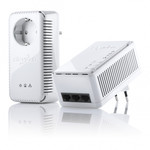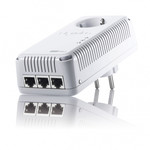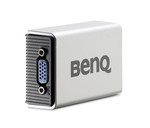Catalog
-
Catalog
- Antiquitäten & Kunst
- Auto & Motorrad: Fahrzeuge
- Baby
- Business & Industry
- Bücher
- Camping & Outdoor
- Feinschmecker
- Garden & patio
- Haustierbedarf
- Heimwerken & Garten
- HiFi & Audio
- Home, Construction, Renovation
- Household appliances
- Kleidung & Accessoires
- Modellbau
- Musik
- PC- & Videospiele
- Photo & camcorders
- Sammeln & Seltenes
- Spielzeug
- TV, Video, DVD
- Telekommunikation
- Uhren & Schmuck
- Wellness & Beauty
- computers & electronics
- entertainment & hobby
- fashion & lifestyle
- food, beverages & tobacco
- health & beauty
- institutional food services equipment
- medical equipment, accessories & supplies
- office
- sports & recreation
- vehicles & accessories
- weapons & ammunition
Filters
Search
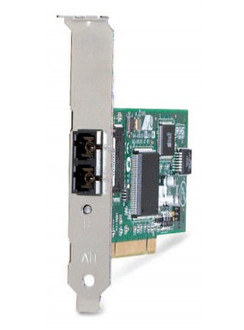
Allied Telesis AT-2701LX20 Internal Fiber 100Mbit/s
EAN: 767035193496
🚚 Select the country of delivery:
Delivery from:
Germany
Sale and delivery by:
Where to buy and prices (Advertising *)
On Top
Technical specifications
On Top
Protocols
| Supported network protocols | TCP/IP, IPv6 |
|---|---|
| Management protocols | WMI, ACPI 2.0, PXE 2.1 Boot ROM |
Bandwidth
| Full duplex | Y |
|---|
Performance
| Wake-on-LAN ready | Y |
|---|
Ports & interfaces
| Host interface | PCI |
|---|---|
| Internal | Y |
| Fiber ports quantity | 2 |
Networking
| Ethernet LAN data rates | 10, 100 Mbit/s |
|---|
Power
| Input voltage | 3.3 V |
|---|
Additionally
| Transfer rate (Mbps) | 100 Mbit/s |
|---|---|
| Wireless technologies | Wired |
PCI 32-bit Single-mode Fast Ethernet Fiber Network Interface Card, 2x SC, 100Mbps, 100FX, AMD AM79C976, single pack
<b>Choice and Flexibility</b>
Resistant to signal degradation, snooping, and interference, the AT-2701LX20 is the ideal solution for networks requiring protection from electrical interference and hackers. The small footprint—together with the low-profile option of the AT-2701LX20—make these products a perfect choice for PCs equipped with small desktop solutions.
<b>Longer Distance</b>
The Allied Telesis 20km single-mode interface card allows for greater cabling distances and achieves superior reliability, lowering the total cost of ownership. Without the need to use multiple products to achieve greater distances network managers reduce the number of points of failure and products needed in the network.
<b>Advanced Manageability</b>
Allied Telesis’ AT-2701LX20 features a full-line of card assistant software:
- AT-Setup reduces Window Driver installation to a mouse click. This Windows program guides
users through driver installation, updates, and problem corrections.
- AT-Stat is an advanced Windows application that reports network conditions and performance such as hardware resources, network statistics, and configuration.
- The VLAN protocol driver allows network administrators to configure their VLAN network
fabric at the PC instead of the switch, enabling transparent movement of systems between
switches.
- TCP/IP checksum off-loading improves CPU use by verifying TCP/IP traffic checksums at the
interface card rather than at the host processor, improving overall system performance for
slower PCs.
- Packet prioritization enables Windows applications with Class of Service capabilities to
prioritize out-bound packet streams to these NICs, a useful feature for video streaming and
VoIP where interruptions are unacceptable.
- Packet prioritization enables Windows applications with Class of Service capabilities to
prioritize out-bound packet streams to these NICs, a useful feature for video streaming and
VoIP where interruptions are unacceptable.
Resistant to signal degradation, snooping, and interference, the AT-2701LX20 is the ideal solution for networks requiring protection from electrical interference and hackers. The small footprint—together with the low-profile option of the AT-2701LX20—make these products a perfect choice for PCs equipped with small desktop solutions.
<b>Longer Distance</b>
The Allied Telesis 20km single-mode interface card allows for greater cabling distances and achieves superior reliability, lowering the total cost of ownership. Without the need to use multiple products to achieve greater distances network managers reduce the number of points of failure and products needed in the network.
<b>Advanced Manageability</b>
Allied Telesis’ AT-2701LX20 features a full-line of card assistant software:
- AT-Setup reduces Window Driver installation to a mouse click. This Windows program guides
users through driver installation, updates, and problem corrections.
- AT-Stat is an advanced Windows application that reports network conditions and performance such as hardware resources, network statistics, and configuration.
- The VLAN protocol driver allows network administrators to configure their VLAN network
fabric at the PC instead of the switch, enabling transparent movement of systems between
switches.
- TCP/IP checksum off-loading improves CPU use by verifying TCP/IP traffic checksums at the
interface card rather than at the host processor, improving overall system performance for
slower PCs.
- Packet prioritization enables Windows applications with Class of Service capabilities to
prioritize out-bound packet streams to these NICs, a useful feature for video streaming and
VoIP where interruptions are unacceptable.
- Packet prioritization enables Windows applications with Class of Service capabilities to
prioritize out-bound packet streams to these NICs, a useful feature for video streaming and
VoIP where interruptions are unacceptable.
Similar offers
On Top
-
Payment Methods
We accept:


